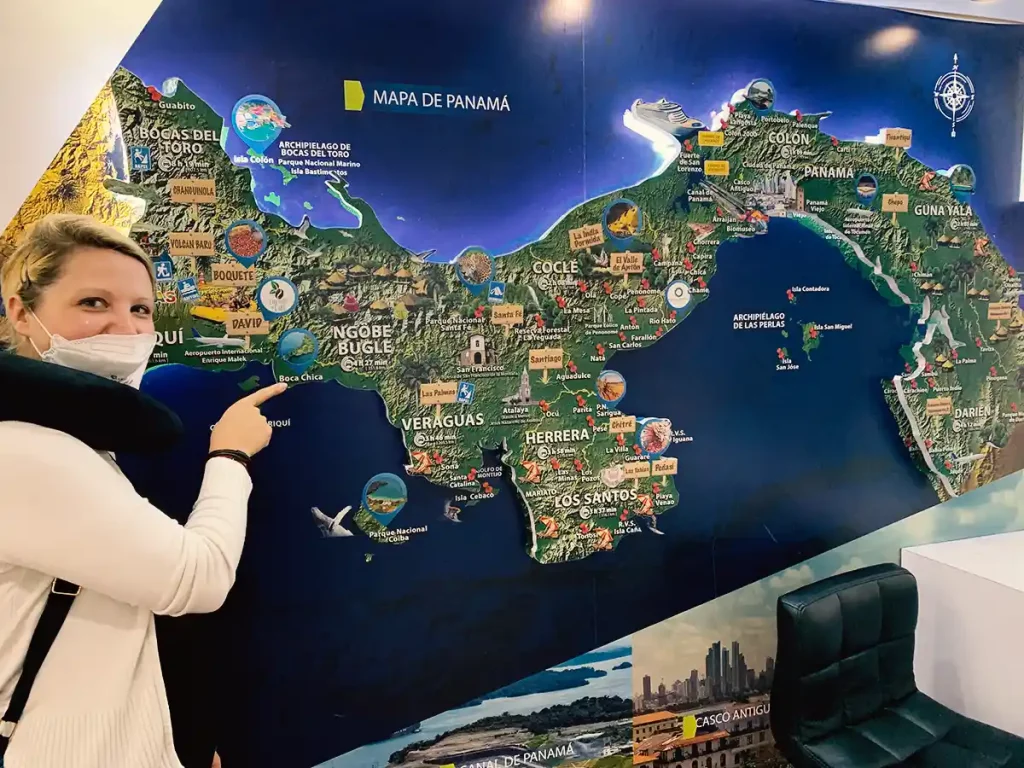In this article we will look at the most important safety tips for traveling in Panama, why cash is expensive here, the best way to get from A to B, and most importantly, when is the best time to travel to Panama and when should you definitely not come?
Entering Panama
Airports and flights
There are many airlines that fly to Panama, including Copa Airlines, American Airlines, Delta, Spirit Airlines, KLM, Air France, Condor and United Airlines. You can choose your airline based on your country of origin, budget, preferred route and schedule.
Panama has international airports throughout the country, Tocumen International Airport (PTY) in Panama City is the main airport for most travelers. This is the largest airport in Panama and is located about 20 kilometers from the city center. Tocumen now has 2 terminals. Copa, KLM and a few other airlines fly in and out of Terminal 2 while all others fly out of Terminal 1. A shuttle bus connects both terminals.
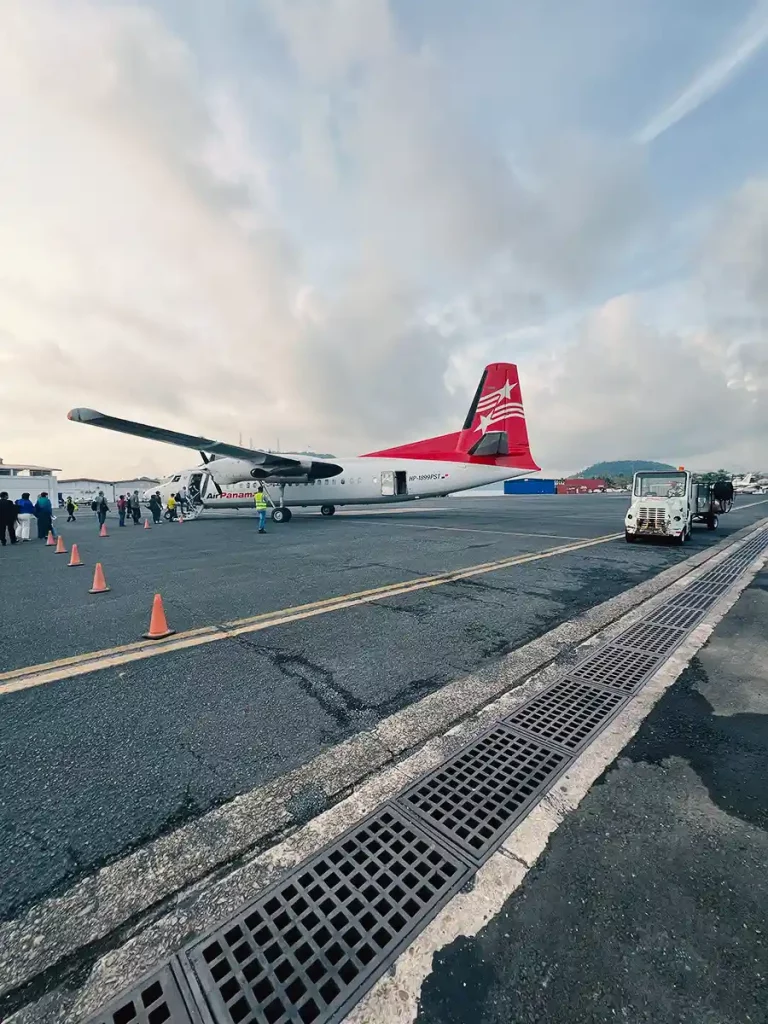
There is a second international airport called Panama Pacific International Airport (BLB). This airport is located 15 minutes from downtown Panama City. It is located on the former US Air Force Howard Base. If you are flying in or out of this airport, be sure to give the correct information to your taxi driver.
The regional airport of Panama City is the Aeropuerto Internacional de Albrook Marcos A. Gelabert near the Albrook Mall, from which you can fly to many destinations within Panama. There are also several smaller airports in Panama, including the Enrique Malek International Airport (DAV) in David, Chiriquí, and the Bocas del Toro International Airport (BOC) in Bocas del Toro.
Once you arrive at one of these Panamanian airports, you can take a rental car, a campervan like our Morpho Van, a taxi, a bus, or Uber to your hotel or other destination.
By land and sea
If you cross the border into Costa Rica by land you have three options:
- Sixaola-Guabito (open daily 7am to 5pm)
- Paso Canoas (open 6am to 10pm Mon-Fri, 6am to 8pm Sat & Sun)
- Rio Sereno-San Vito (open daily 8am to 4pm)
An adventurous way to enter or leave Panama is by boat through Colombia. There are dozens of companies that offer the trip between Panama City and Cartagena or Panama City to Capurgang in Colombia via Carti, the San Blas Islands and La Miel.
Visa
If you are a citizen of the European Union or the United States, you do not need a visa to vacation in Panama. Citizens of other countries may require a visa to visit Panama. You can apply for a visa online or at the Panamanian embassy or consulate in your home country. US citizens and Canadians do not need a visa to visit Panama as tourists. They can stay in Panama for up to 180 days without a visa. However, they must have a valid passport for at least 3 months beyond their intended stay in Panama.
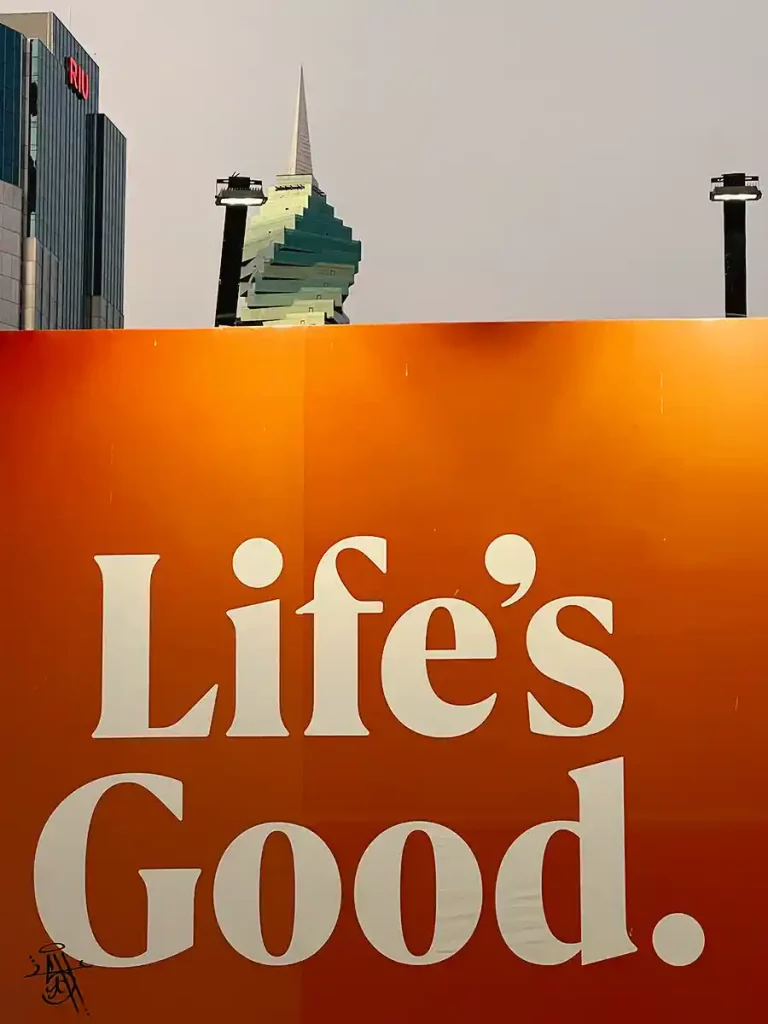
Here are other countries that do not need a visa to visit Panama:
- European Union member states: Austria, Belgium, Bulgaria, Croatia, Cyprus, Czech Republic, Denmark, Estonia, Finland, France, Germany, Greece, Hungary, Iceland, Ireland, Italy, Latvia, Lithuania, Luxembourg, Malta, Netherlands, Poland, Portugal, Romania, Slovakia, Slovenia, Spain, Sweden
- United Kingdom and Ireland
- Australia
- Japan
- South Korea
- Singapore
If you are from a country that does not require a visa to visit Panama, you will still need to present your passport and a return ticket upon arrival. You may also be asked to show proof of financial solvency.
Best travel time
The best time to visit Panama is during the dry season, which is from December to April. You’ll have the best chance of clear skies and sunny days then, and the temperatures are also mild in the beginning of the season. Panama is a tropical country, though, so there’s always a chance of rain, and you should be prepared for that.
On the other hand, there’s always a chance of sun during the rainy season. In fact, the rains that most visitors are surprised by are the ones they expect the least.After 20 years of living and working in Central America, I can tell you that no one can predict the weather 100%!
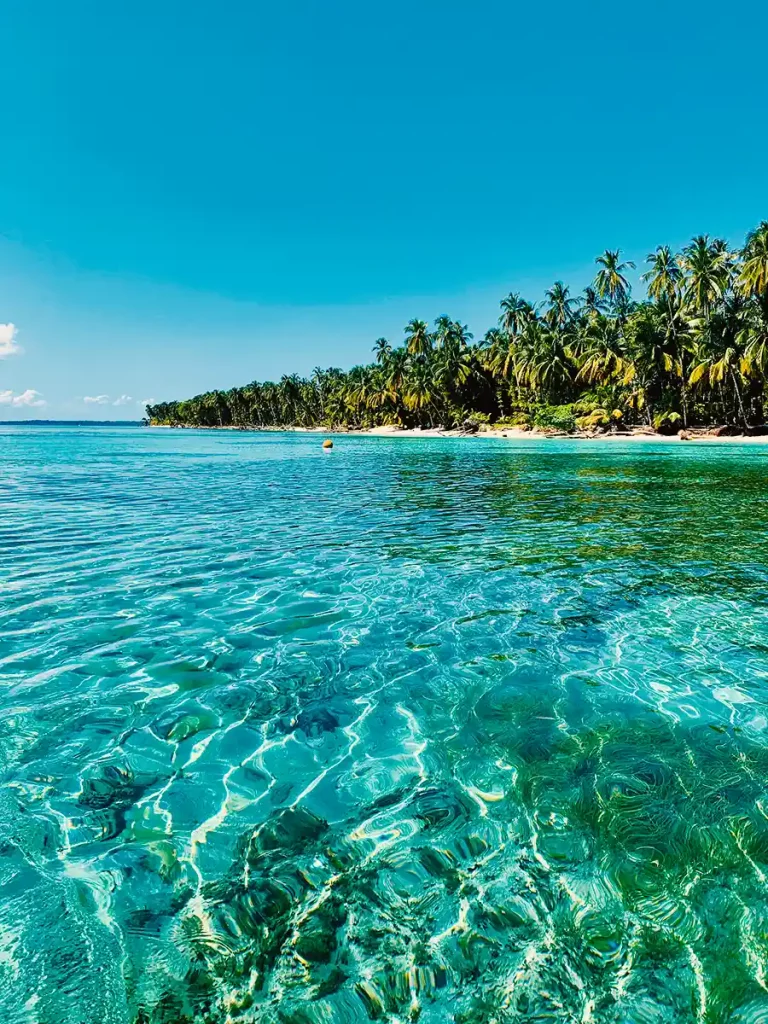
Panama has some pretty hot months, like March and April, when temperatures can hit 35 to 40 degrees Celsius in some areas. The coolest months are probably October and November, but even then, it’s hard to know for sure because of climate change.
If you’re on a budget, you might want to think about traveling during the rainy season, which is from May to November. Hotels, tours, and transportation are cheaper, and there are fewer crowds. Another thing to think about when deciding when to visit Panama is what activities you’re interested in doing.
- Rainforest Adventures: The dry season is the best time to visit the rainforests, as the trails will be dry and the visibility will be better. But you might see Quetzales or Morphos better in the rainy season.
- Beach: The Pacific coast has a wet season from May to November, so if you want to go to the beach, you’ll want to visit during the dry season. The Caribbean coast has a shorter wet season, from June to October, so you may have more luck visiting during the rainy season.
- Wildlife: The dry season is the best time to see wildlife in Panama, as the animals will be more active.
- Local festivals: Panama has a number of festivals throughout the year, including Carnival, which is celebrated in February. November is another month in which Panamanians celebrate themselves.
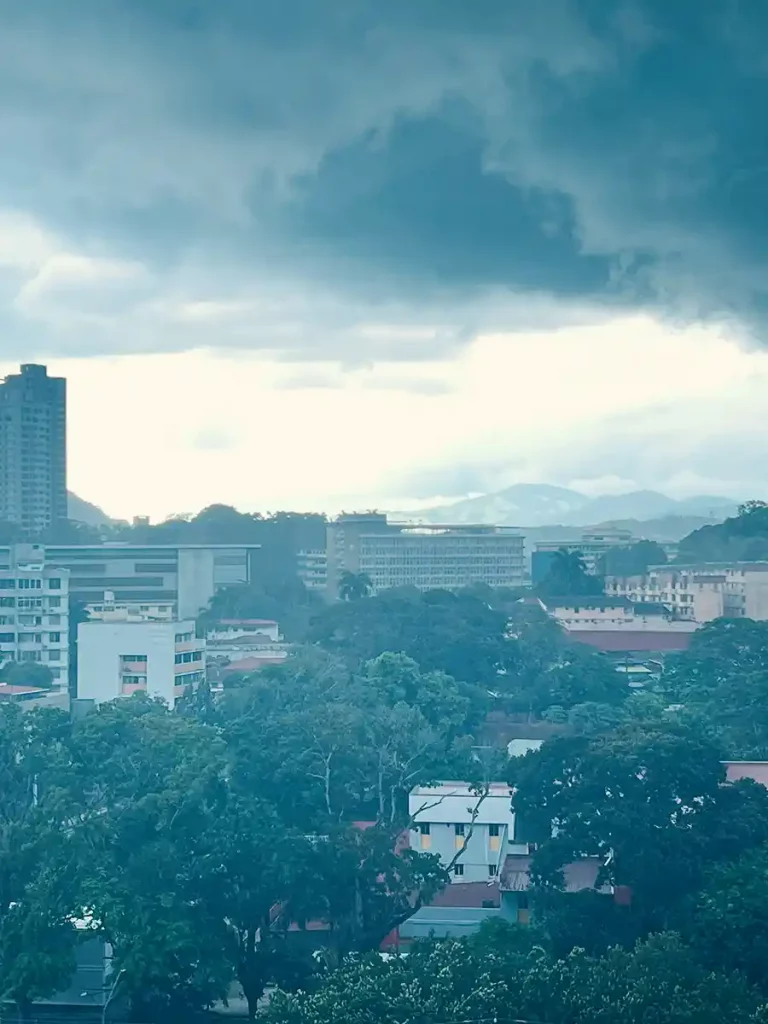
Does Panama have a hurricane season? Yeah, but it’s not like it’s right on the coast or anything. The Atlantic hurricane season runs from June to November, and sometimes that lines up with some pretty heavy rains. That can lead to flash floods and landslides.
Safety
Panama is one of the safest countries in Latin America, with a huge police presence. Still, it’s best to park your campervan in a guarded hotel parking lot or campground, and don’t leave valuables in the car. You can walk safely on the streets, both in the city and in the countryside, even in the evening. Some barrios are dangerous, but they’re not usually on tourists’ routes.
Panama is generally considered to be a safe country, but the most dangerous areas are typically located in the capital city of Panama City, as well as in the border areas with Colombia and Costa Rica. So, don’t carry large sums of cash or valuables with you, and if you feel unsafe, don’t hesitate to ask for help from a local.
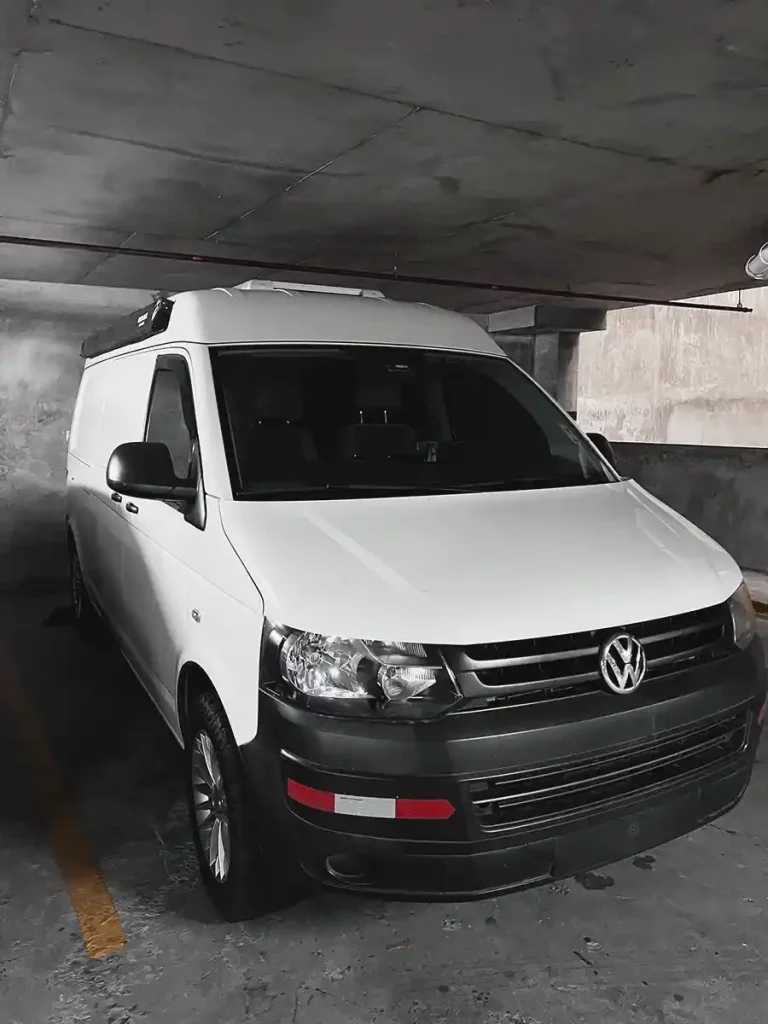
There are a bunch of gangs in Panama, and they’re responsible for a lot of crime, like murder, robbery, and extortion. Panama is a big hub for drug trafficking, and this has led to more violence in some areas.
A threat that a lot of tourists in Panama can see is the country’s history of political instability, and this has led to some violence in the past. Students protesting, blocked streets, and even highways like the Panamericana have caused problems in the past.
Costs
Panama isn’t a cheap tourist destination, especially compared to places in Asia or Eastern Europe. Prices are also higher than in many other parts of Central America and have adjusted to the high level in Costa Rica.
Food is usually pretty cheap, though. Most restaurants throughout the country serve comida corriente (prepared meals) for $3 to $5, and for those who prefer more sophisticated cuisine, which is mostly based on US cuisine, prices at the better restaurants range from $10 to $20. And don’t forget to leave a tip if you enjoy the service. 10% is a good ballpark for a good tip. In many restaurants, a suggestion for a tip will be presented already with the bill. This way of asking for a tip might take some getting used to for Europeans, if not unpleasant. But hey, it’s just different customs, you know?
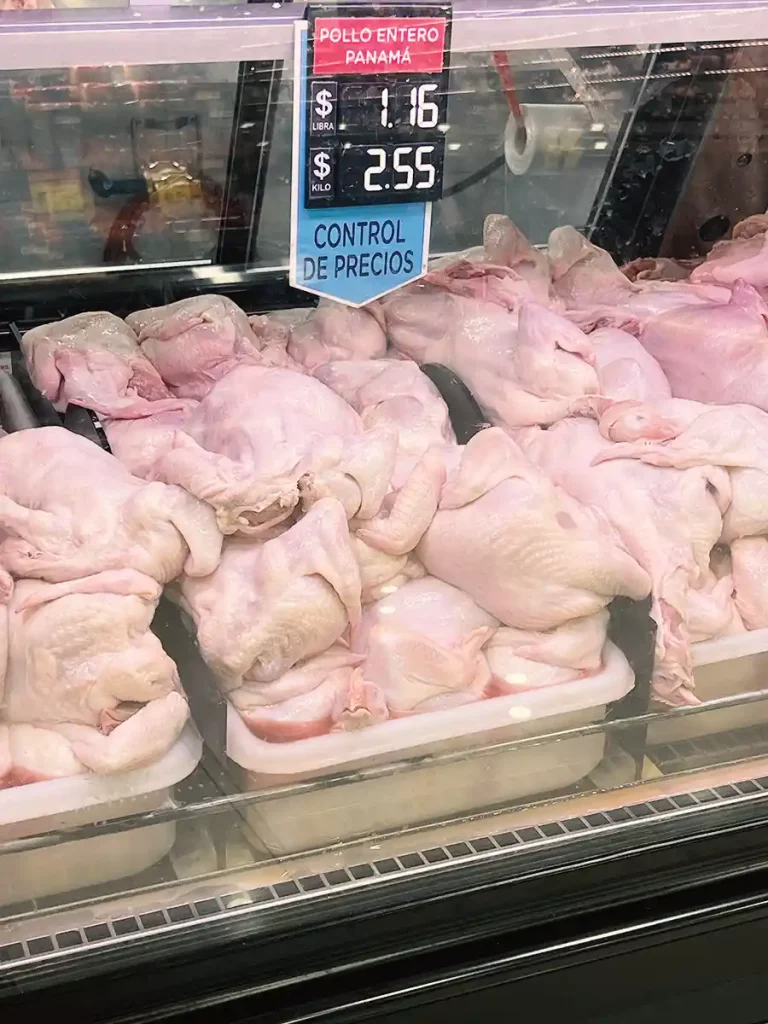
For hotels, the range is pretty big. You can get cheap places for around $30 to $60. Mid-range hotels cost between $60 and $150, and the better hotels may cost $400 or more per night.tter hotels may cost $400 or more per night.
Banks and ATMs
There are a few ways to get money in Panama, but they’re all kind of shady and make tourists feel a bit awkward.The banks there aren’t really tourist-friendly, and they sometimes hit you with high fees for taking out cash from ATMs. So, we suggest using credit cards or Apple Pay.
You can pretty much get your credit card accepted almost everywhere, but it’s still a good idea to have some cash on hand for small purchases or emergencies. In the countryside and smaller towns, you might not find card readers or ATMs.When you do, it’s best to withdraw the most you can — we suggest $250 with a foreign card. Panama tends to push away cash, so they hit you with foreign transaction fees when you use your card at an ATM. Right now, you can only withdraw $250 from an ATM in Panama. There’s a pretty hefty fee of up to $7, too.
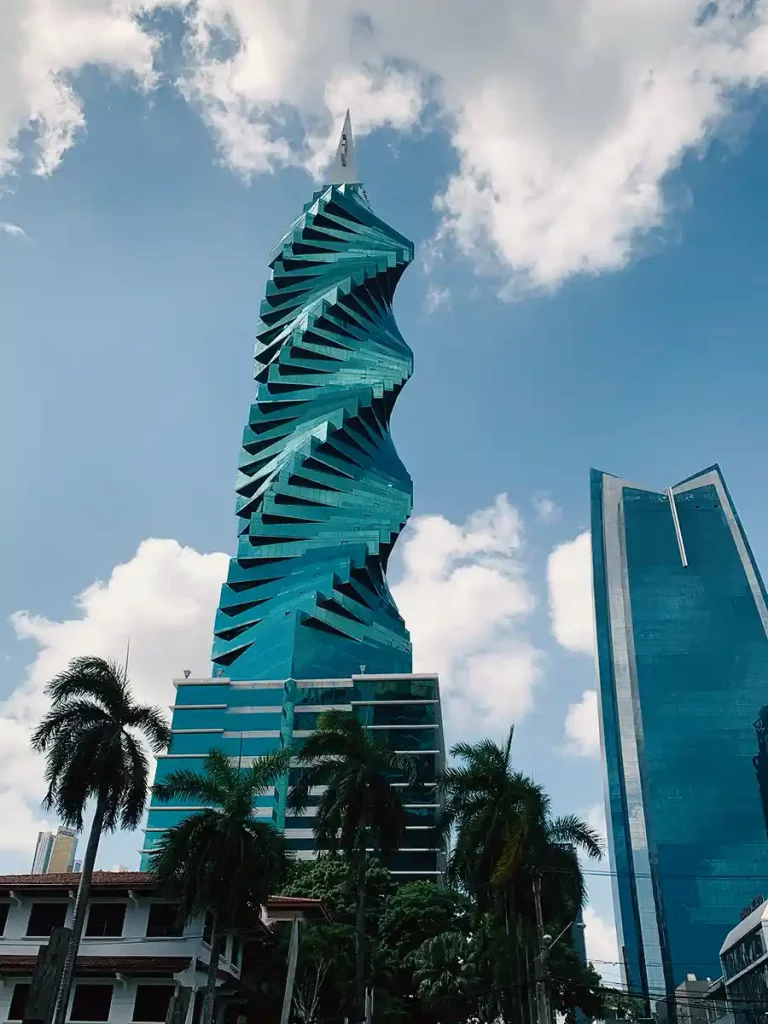
Using a debit or credit card to get cash from an ATM is convenient, but it’s expensive to get money in Panama.
You might also want to consider exchanging your currency for Panamanian balboas or US dollars. You can exchange your currency at banks, casas de cambio (currency exchange offices), and some hotels. Keep in mind that the exchange rates at these places might not be as good as the rates you’d get at an ATM.
Another option is to use a money transfer service like Western Union. There are a bunch of money transfer services that’ll let you send money to Panama. These services usually charge a fee, but they often have better exchange rates than ATMs or currency exchange offices.
Language
A lot of people in Panama speak English, but it’s still a good idea to learn a bit of Spanish before your trip. That way, you’ll be able to chat with the locals and get some great tips. Google Translate or DeepL and other translation services can also be a big help.
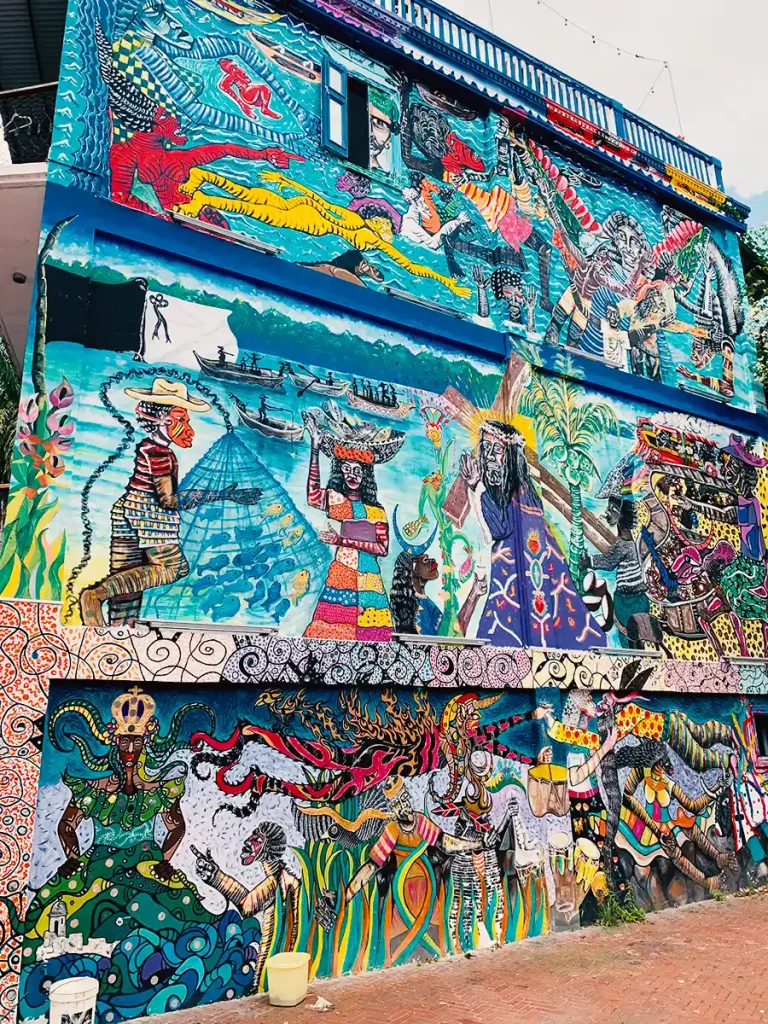
Spanish is the official language of Panama, and most people speak Castilian Spanish. English is also widely spoken in the Caribbean and in the main cities. Due to the large Chinese, German, and other expat communities, you will find many different languages in Panama. The locals also speak indigenous languages such as Guaymí, Ngäbere, Embera, Hakka, and Buglere.

